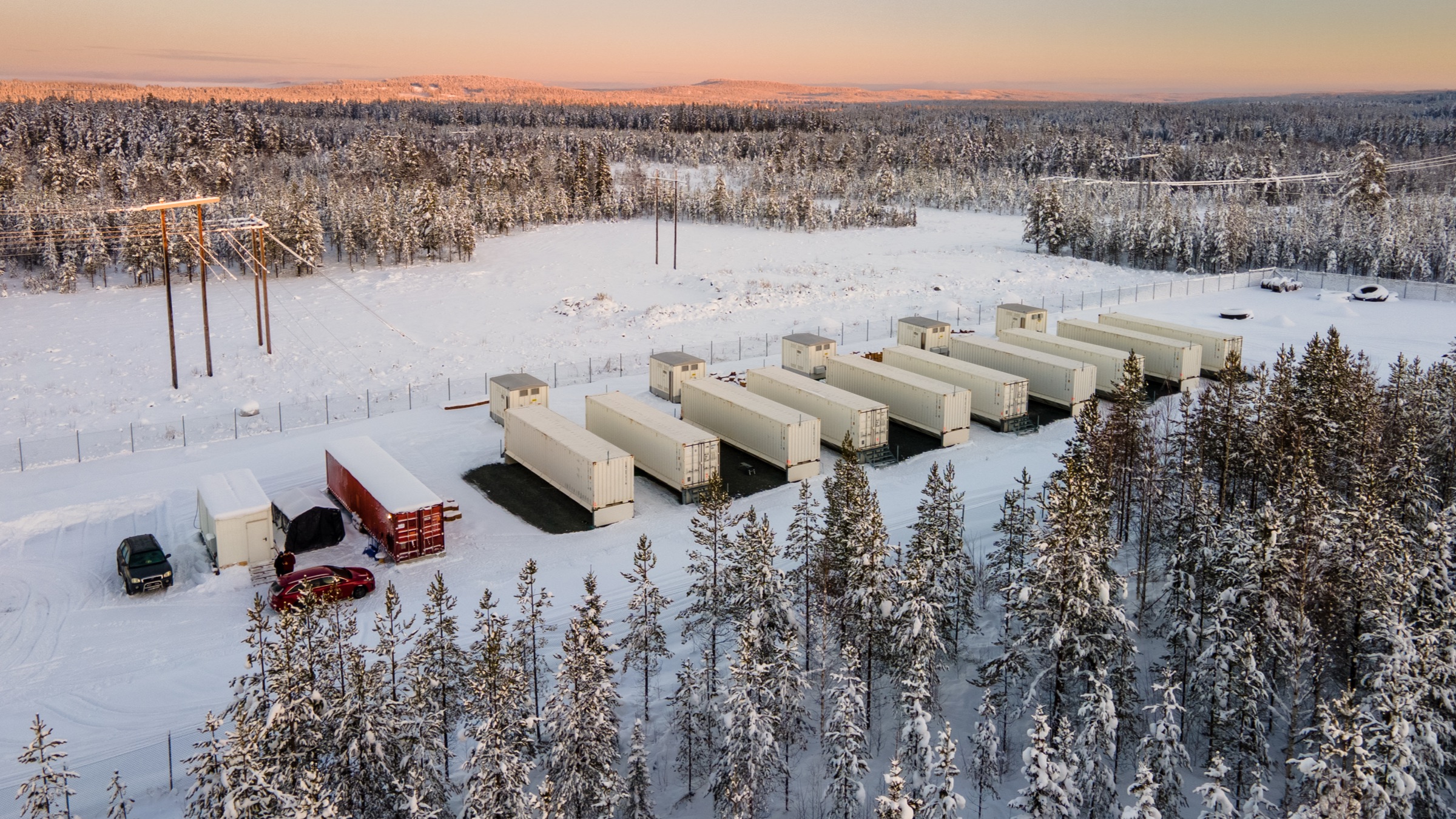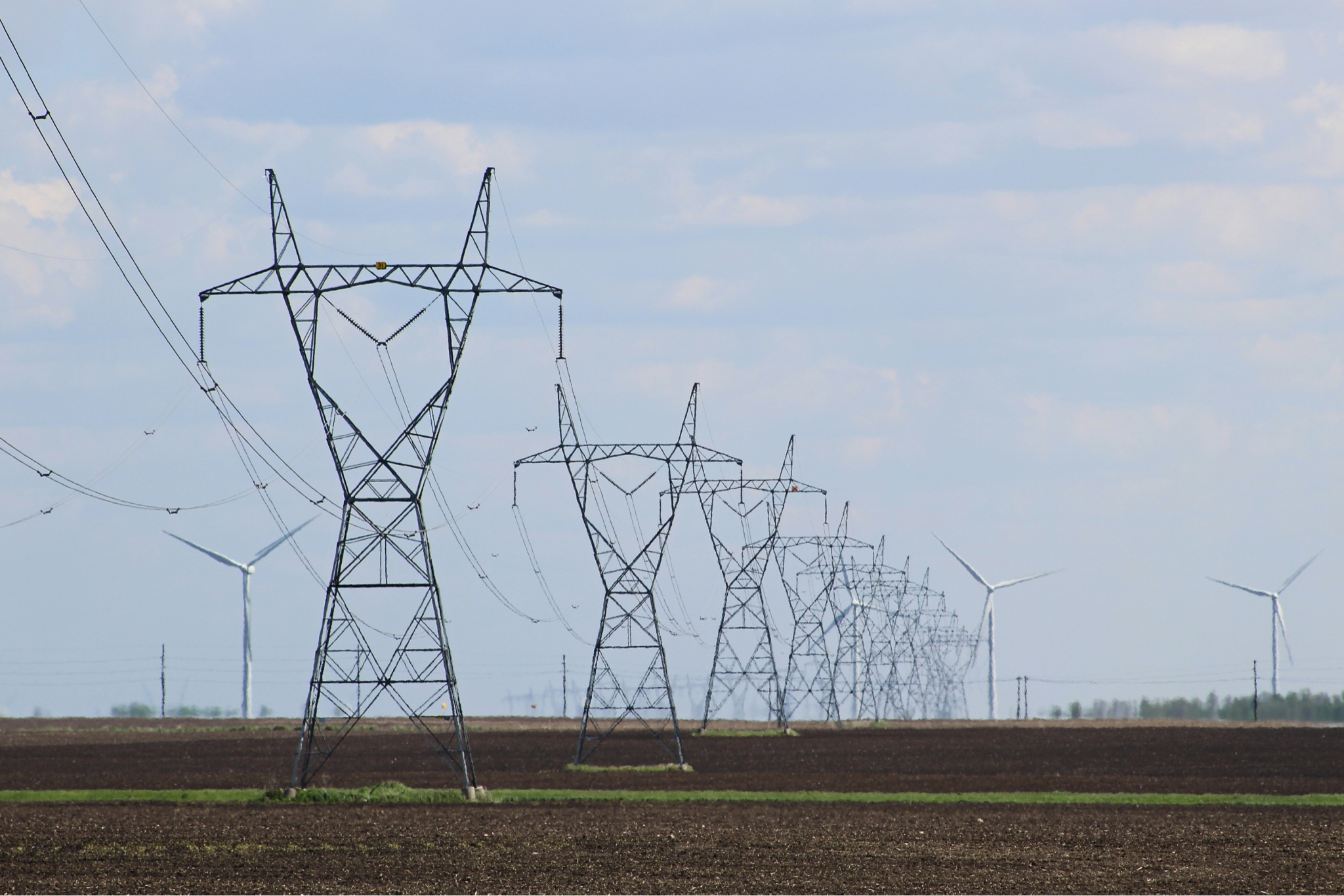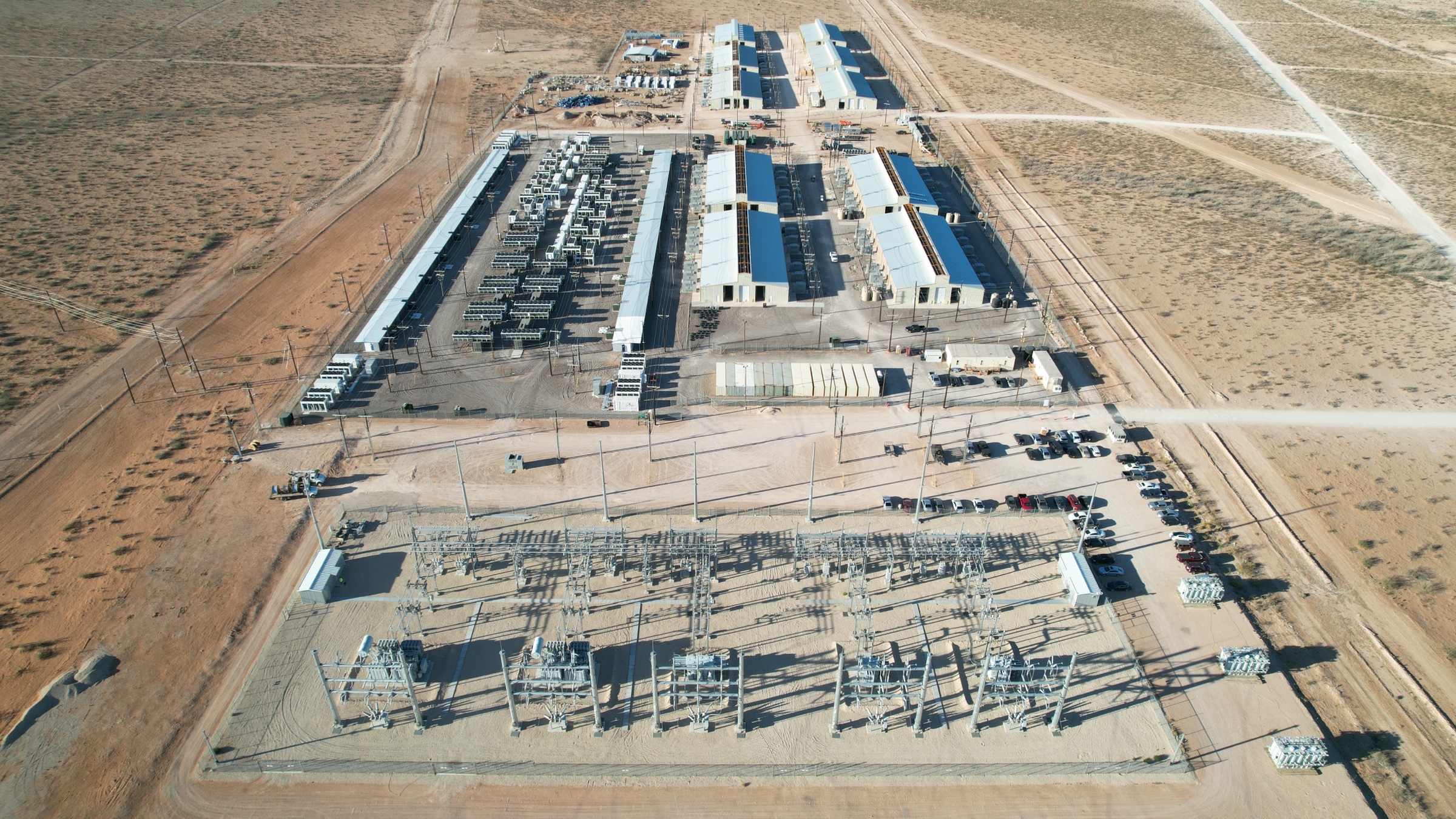By Marco Streng
Bitcoin mining is now “one of the most sustainable industries globally.”
A recent report from the Bitcoin Mining Council found that as of the first quarter of 2022, the Bitcoin mining industry as a whole is using a sustainable electricity mix of 58.4% — one of the most sustainable industries in the world. They also found that sustainable energy usage increased 59% over last year as well.
These findings are exciting to see. One of the frequent criticisms of Bitcoin mining is that it consumes a lot of energy to power — upwards of the equivalent of a small country. While some mining operations probably still rely on dirty fossil fuels to power their rigs, many are turning to sustainable ways forward — not only for the future of their industry but for the future of the planet.
The New York Times reports that not only are the largest publicly-trading crypto mining companies already operating using renewable energy, but that mining’s demand for sustainable energy sources will encourage the establishment of companies and facilities that offer wind power, solar power, and other options. It’s a virtuous circle that will cause real change in the world.
If you’re looking towards adopting more sustainable energy sources to power your mining operations, here’s an overview of the options out there today.
Solar
Because it harnesses the energy from the sun, solar is the most abundant form of renewable energy that exists today. It can also be used anywhere on the planet, not just in certain locals like hydropower. It’s estimated that only an hour and a half of solar energy that reaches the surface of the Earth is enough to power all of Earth’s energy needs for a whole year.
Solar is also the fastest growing renewable energy source at an annual average of 33%, and is projected to be the top growing sector well into the future. With installation costs dropping, this growth means that infrastructure will be available to those who want to use it. Additionally, the cost of this already cheap energy source is expected to drop 15% to 35% by 2024.
Wind
Wind power is another abundant form of renewable energy that can be found across the globe, and stands as one of the cheapest renewable energy sources at a cost of $.01 to $.02 per kilowatt-hour. Wind is also considered a green energy source, as its energy process doesn’t produce any associated greenhouse gasses. Like solar power, wind’s infrastructure, capacity, and job-generation is expanding, with 16,836 megawatts of wind capacity installed in 2020 in the US alone. Wind power’s footprint is also considered to be 40% less than natural gas, and 90% less than coal.
Hydropower
Hydropower, or harnessing energy from rivers, streams, and other bodies of water, is another cheap and abundant source of energy. While hydropower is location-based — plants need to be set up on bodies of water — it’s a very predictable source of energy. It’s one of the least expensive power sources at $.04 per kilowatt-hour, and it’s also one of the most efficient, as plants can convert up to 90% of the energy captured into electricity — as opposed to only 50% with fossil fuels. It’s also being used in abundance already, as 71% of renewable electricity generated today is from hydropower.
Geothermal
There’s a lot of heat stored in the earth’s crust, which can be converted into geothermal energy — an estimated 50,000 times more energy stored than oil and gas resources. Geothermal sources are located around where the Earth’s crust allows for energy to be released, like tectonic plates, meaning that sourcing geothermal energy is location-restricted. While there’s been slow growth in the geothermal industry — about 2% per year — there’s still interest in it as a renewable source, especially in tectonic plate zones that can truly harness its potential. Similar to wind’s being a green energy source, geothermal plants have been found to emit 99% less carbon dioxide than fossil fuel plants.
Tides and Ocean
If you’ve ever witnessed waves crashing on a North Atlantic beach, you understand the power that the ocean can generate — so much so that experts believe that if wave energy were fully harnessed, it could meet the world’s energy needs. It’s estimated that the energy potential of waves off the US coast could provide as much as 2.64 trillion kilowatt-hours, which is the equivalent of 66% of the US’s energy production.
Like hydropower, setting up ways to capture the ocean’s energy means that plants are location-specific, but like hydropower, tides are a very predictable and consistent energy source. And because water is much denser than air, capturing ocean energy can produce more energy per unit area than wind.
Waste Energy
Sustainable energy can also be generated by burning biowaste like wood, waste, landfill gas, crops, charcoal, and manure, and turning the heat into steam power. While burning waste for heat and energy isn’t a new concept, the sector is growing rapidly, and has seen a 40% growth over the last decade. In 2020, global waste power capacity increased 5.8% over the previous year, and plants have the ability to reduce the volume of waste they start with by 87%.
Expanding Renewable Energy Usage
It’s expected that because of increased demand for renewable energy, global supplies could expand by 50% over the next five years. Bitcoin mining needs those renewable sources, and may not only be a consumer but has the ability to push for more renewable sources as well. Ultimately, it’s good for mining, and it’s good for the planet.






